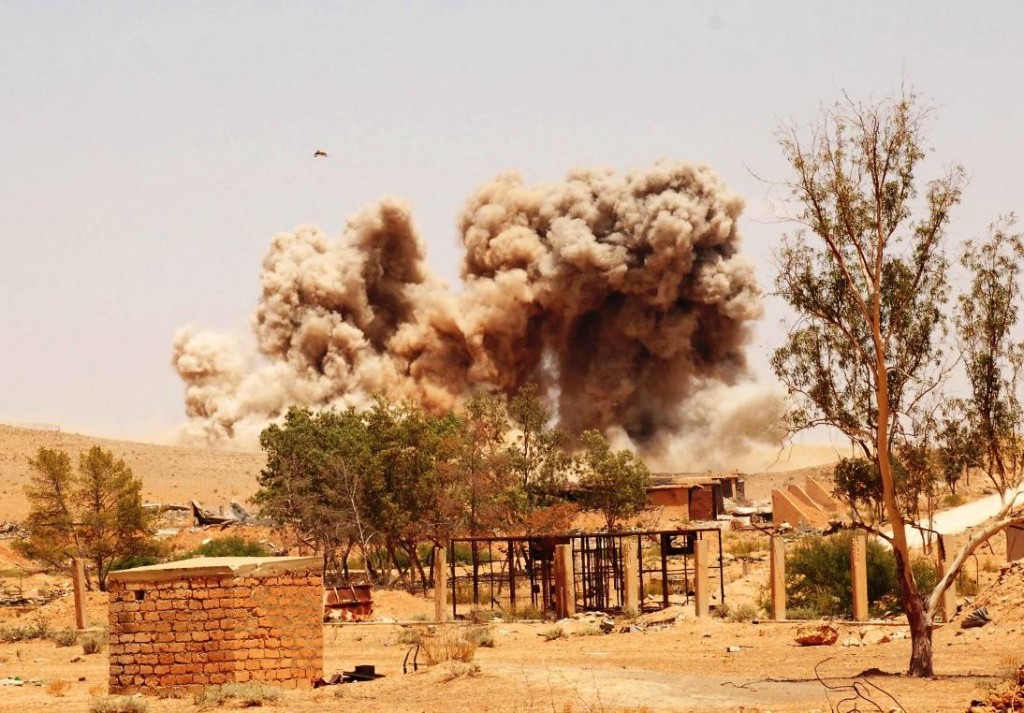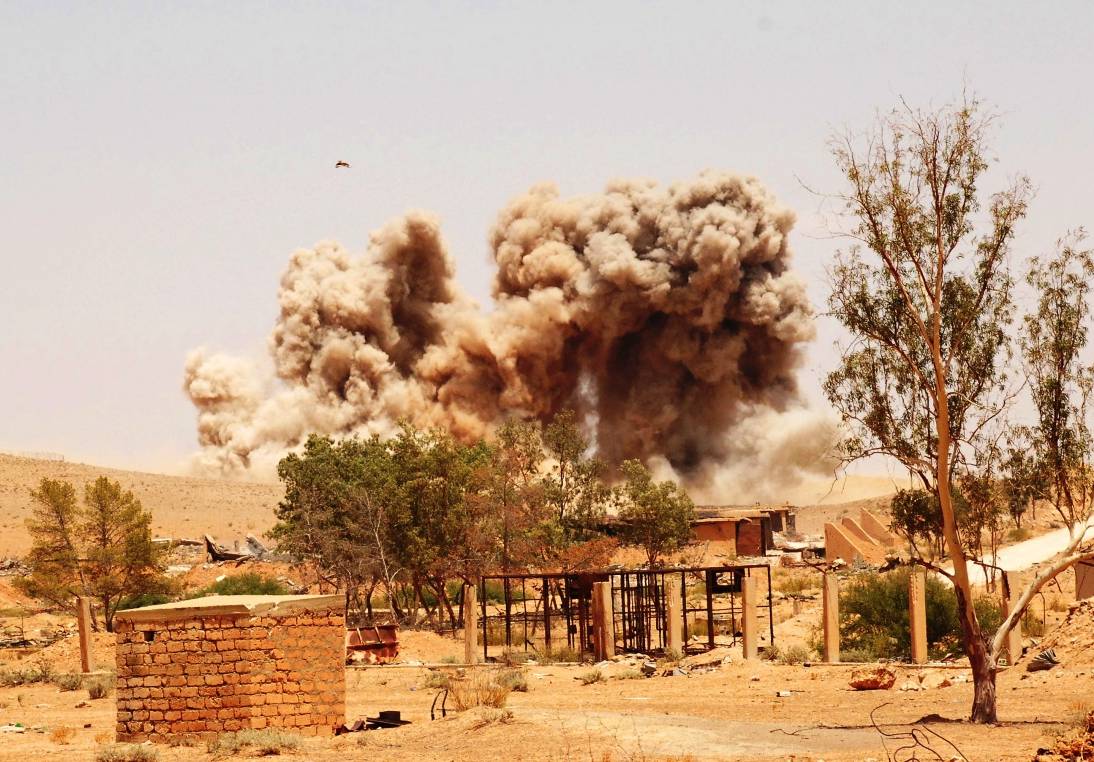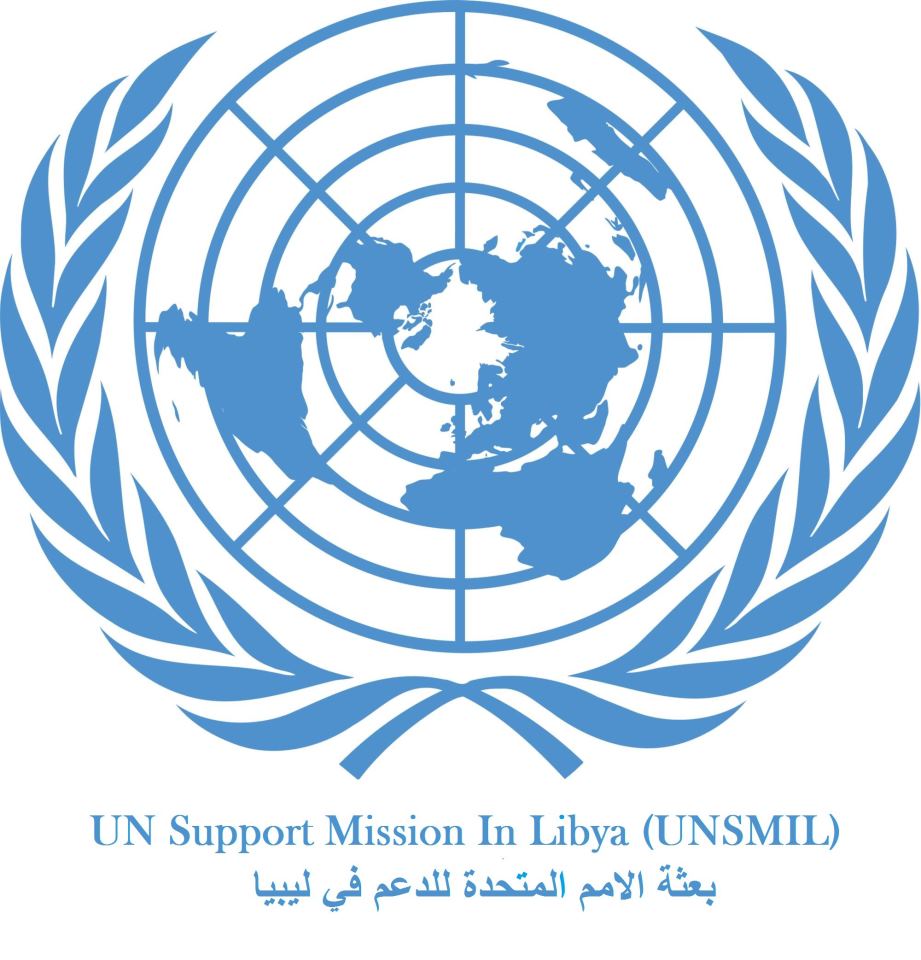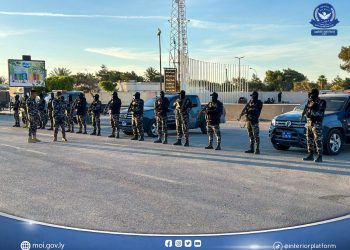By Frank Brumfit

Tripoli, 9 July 2013:
Last week DCA Mine Action and St. Barbara Foundation carried out a large controlled explosion in . . .[restrict]a disused Army base in Azizia. The demolition destroyed around 600 kgs of explosives left over from the 2011 revolution, and included a 2000 lb NATO bomb which was discovered by DCA in the Salahaddin district of Tripoli. Work was conducted in coordination with the Libya Mine Action Centre, which provided technical support throughout.
The bomb had landed in a residential area in Tripoli and was assessed by DCA in previous months to confirm it posed no immediate danger to houses in the area. It was declared ‘safe to move’ by DCA’s Senior Technical Advisor – Peter Le Seuer, who was responsible for moving the bomb to the demolition site.
Le Seuer explained: “while the bomb was not likely to explode where it landed, it was definitely a hazard to security as it contained a large quantity of high explosives which could have been used to make a deadly IED.
“In addition, local people were doing a lot of land clearance by burning in the area, which could potentially have ignited the explosive fill, and possibly even have led to an uncontrolled detonation with serious risk to the local population”.
Preparation for the detonation involved hours of labour in the midday sun of Azizia, as the bombs and munitions were placed in a tight formation to ensure that nothing was left which could be dangerous to people. As the 2000 lb bomb was too heavy to move, a pit was dug underneath it, into which all the other items were placed. In all, 41 items were disposed of, including highly unstable devices which had previously been burned in fires cause by NATO airstrikes, but had not been fully detonated.
Once it was confirmed that all local neighbours had been informed, DCA and St. Barbara technical advisors ordered all other personnel away while the detonators were connected to explosive charges. The final step was a call to Tripoli International Airport, after which the team was given a 45 minute window in which to conduct the detonation. Observing from a safe distance of 1km, the smoke-cloud was followed by a massive crack as the sound reached the viewing area. 595kgs of deadly explosives rendered safe and leaving only some twisted metal and a large crater in the sand.
DCA’s Mine Action programmes in Libya are funded by the European Union and Netherlands Ministry of Foreign Affairs, while St. Barbara foundation is funded in Libya by the German Foreign Ministry.
Frank Brumfit is the Programme Officer at Libya DCA Mine Action
[/restrict]









